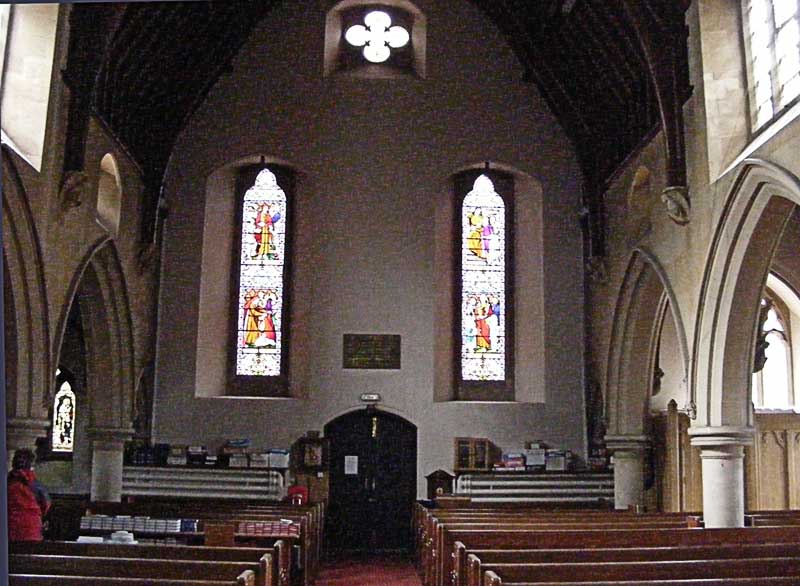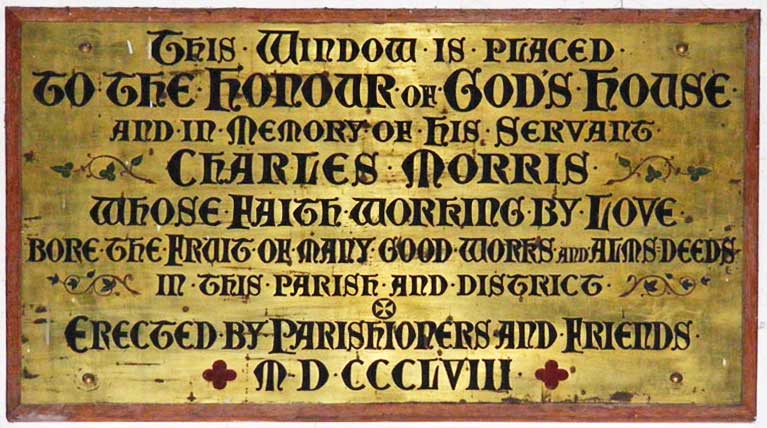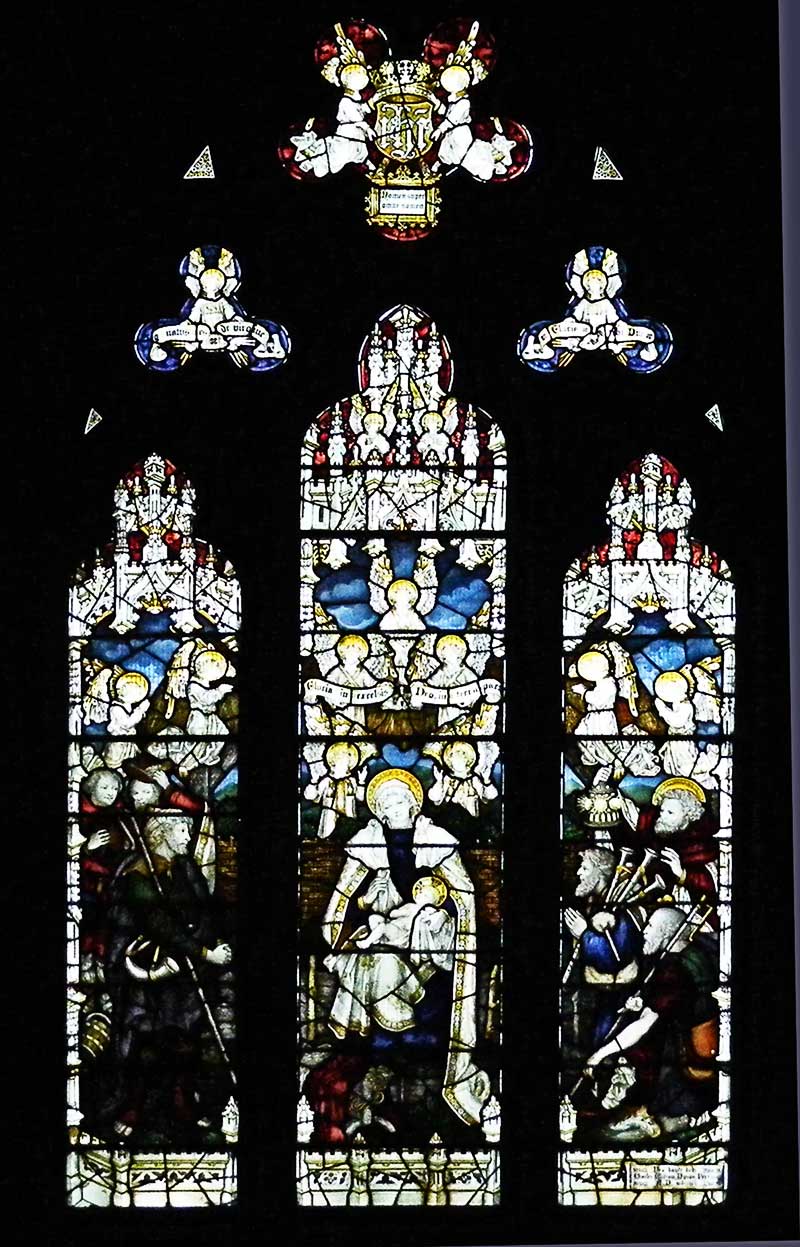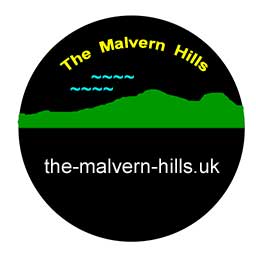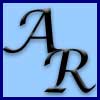
Angus and Rosemary's Miscellany
of Malvern - Local History
|
History menu > Biography of Charles Morris (Victorian benefactor)ContentsIntroductionVictorian philanthropist Charles Morris (1799 - 1856) and his sister Jane contributed greatly to the building of Holy Trinity Church at North Hill, Link Top, Malvern in 1851.
Holy Trinity, North Malvern Charles would have been a prominent member of the community between about 1830 and his death in 1856, but nowadays few will have heard of him apart from local historians. FamilyCharles, born at London in 1799, was one of six children and came from a well connected family.
His uncle Roger, Lt Col Roger Morris, second Foot Guards (later Coldstream Guards), a friend of the Duke of York, had died at Alkmaar Holland, after the Battle of Bergen, in 1799 while serving with allied forces against the French commanded by General Brune Charles' eldest brother James Morris was a partner in the merchant bank Morris Prevost and Company. In 1833 James married Sarah Campbell daughter of James Campbell, a director of the Bank of England. Between 1847 and 1849, Charles' brother James was Governor of the Bank of England. Charitable workCharles and his sister Jane never married, and the 1851 census recorded them staying at a house named 'The Chase' on the Worcester Road, Great Malvern, which stood opposite Holly Mount mansion. The Chase was one of a row of large villas which at different times have been either lodging houses or occupied by the gentry. When we looked for the house we found it had recently been demolished and in 2013 a pair of luxury apartments were built on the site at 48 Worcester Road. Two doors away at number 44 stands Montreal House where Charles Darwin's daughter died in 1851. With them were a butler, two footmen, a coachman, house keeper, ladies maid, house maid, and a kitchen maid. Charles' occupation was recorded as Proprietor of Houses, indicating he lived on private means. Charles Morris was a great benefactor to Malvern and his good works include,
Charles died suddenly in London on 16th December 1856 and his death was reported in the Times two days later. He was described 'of Connaught Place, London, and The Chase, Great Malvern' which suggests to us he may have spent the summer in Malvern and winters in London. Two years after his death a plaque was placed above the west door of Holy Trinity church in North Malvern (see photo below).
West end of Holy Trinity A close up of the plaque above the door is shown below. The inscription above is not easy to read but here is what it says, This window is placed to the honour of God's House and in memory of his servant ++ Charles Morris ++ whose faith working by love bore the fruit of many good works and alms deeds in this parish and district Erected by parishioners and friends MDCCCLViii Another plaque on the North Malvern (water) Tank reads, The inhabitants of North Malvern have placed this stone to record that these tanks were erected at the sole expense of Charles Morris Jn Esq of Portman Square London in 1835 and 1836 Ye young and aged poor pray that the blessings of God may be abundantly poured unto him who has here poured abundant blessings on you. Jane Morris (sister)Following Charles' death, his sister Jane (1796 - 1869) lived at 7 Connaught Place, London, not far from her brother James. In the 1861 census Jane is described as a fund-holder. Also in the household was fund holder Marian Caldwell aged 41 years, a footman, lady's maid, four housemaids and a kitchen maid. We have not researched spinster Marian Caldwell, who was born Millbrook Southampton about 1820, but possibly she was the daughter of Edward Caldwell, a Royal Navy surgeon. Henrietta Barbara Lumley-Saville, daughter of the Earl of Scarborough lived next door to Jane Morris at 6 Connaught Place. Henrietta had married, second, John Lodge Ellerton; she is described in the 1861 census as a 'Marquesses daughter' and her household included 21 servants. A sharp contrast to the families of the working classes of Malvern. Jane continued to support her brother's charities and died on 6th April 1869 at 7 Connaught Place leaving an estate of £140,000 which was a considerable sum in those days. Jane's executor was her brother James who died about 1882. None of this generation had children to pass down their wealth to. More about Charles' life and gifts can be found in refs 3 and 4. Historical backdropCharles Morris was born when Great Britain was at war with France following the French Revolution. He was six years of age when Nelson was killed at the Battle of Trafalgar, and sixteen when soldiers Arthur Wellesley, later Duke of Wellington, and Edward Pyndar Lygon, 2nd Life Guards, of Madresfield Court fought Napoleon at the Battle of Waterloo. Towards the end of Charles' life Great Britain was at war again fighting with Russia in the Crimea, for example at the Battle of Alma. The British cavalry took part in the Charge of the Light Brigade and Florence Nightingale tended wounded soldiers, Charles would have seen the introduction of gas street lighting in London, but it was not until 1856 the year of his death that a gas works was opened in Pickersleigh Road to light the streets of Great Malvern. You can read more about the history of the public utilities in Malvern by clicking here. Charles would have travelled to and from London by stage coach or private carriage, a long and tiring journey, as the railway did not reach Malvern and Worcester until about 1860. North Malvern SchoolNorth Malvern School, built in 1836, was the first National School in Malvern. It was rebuilt in 1838 with help from Charles Morris and was for some years known as the Morris school. The Church of England was in most cases responsible for the upkeep of National Schools and so they became known as Church Schools (ref 5). When nearby Cowleigh School was destroyed in a fire in 1989, a new school was built to take the children of both schools as by then North Malvern School was in need of modernisation. The new school is named Northleigh Church of England Primary School located in St Peter's Road. The redundant North Malvern School buildings were then converted into flats named Dixey Court after a former well loved teacher, Mary Dixey (1929 - 2009), who was a descendant of the Dyson Perrins family (refs 5, 6). The photo below shows the east window of Holy Trinity which was gifted by another philanthropist Charles William Dyson Perrins, Mary Dixey's great uncle, who lived at Davenham.
East window of Holy Trinity, North Malvern References
|
|
Last updated 29th October 2018 |
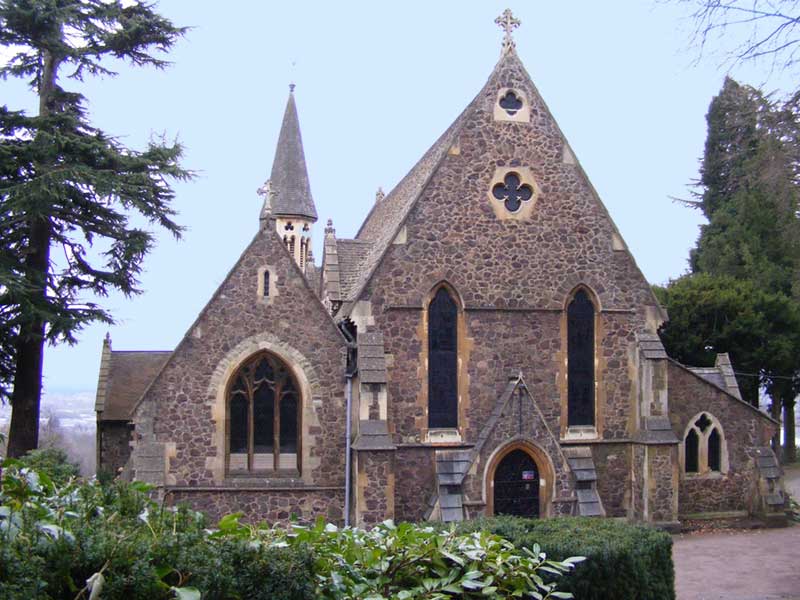
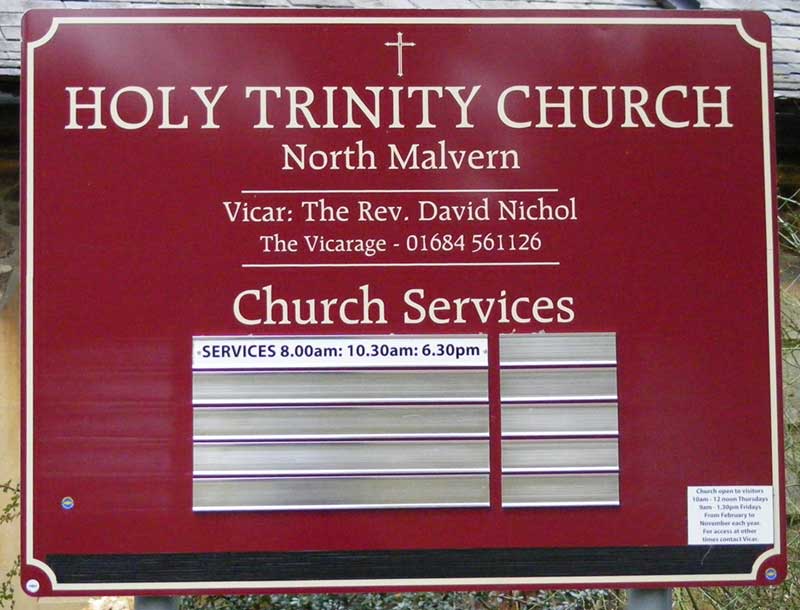 He was the son of Charles Morris senior (1768 - 1844) and Sarah
Haldiman of Portman Square. His paternal grandfather James Morris was Deputy
Lieutenant of Surrey and High Sheriff in 1764. His maternal grandfather,
merchant, Anthony Francis Haldimand, was a nephew of General Sir Frederick
Haldimand, once governor of Quebec, and cousin of William Haldimand, a
director of The Bank of England.
He was the son of Charles Morris senior (1768 - 1844) and Sarah
Haldiman of Portman Square. His paternal grandfather James Morris was Deputy
Lieutenant of Surrey and High Sheriff in 1764. His maternal grandfather,
merchant, Anthony Francis Haldimand, was a nephew of General Sir Frederick
Haldimand, once governor of Quebec, and cousin of William Haldimand, a
director of The Bank of England.